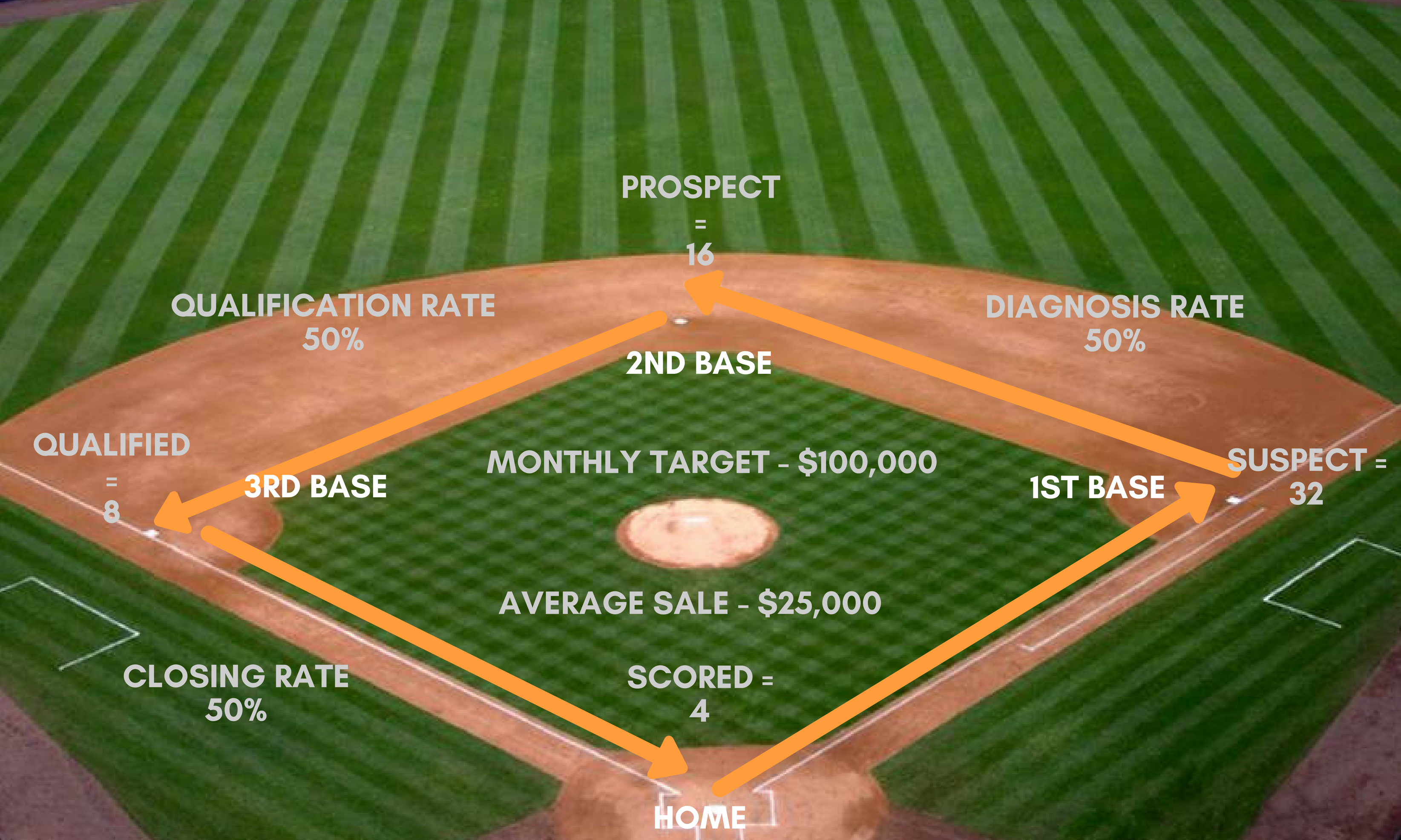 In sales, there’s an endless number of indicators you can follow. You need to choose the ones you want to track based on what you want to measure. Picking KPIs can get complicated because those that track results are often privileged at the expense of the ones that allow you to look ahead.
In sales, there’s an endless number of indicators you can follow. You need to choose the ones you want to track based on what you want to measure. Picking KPIs can get complicated because those that track results are often privileged at the expense of the ones that allow you to look ahead.
Lagging indicators help you take events into account only once they’ve occurred. In contrast, you measure leading indicators in real time..
Leaders must identify the indicators that will help them achieve their sales targets. Here are the KPIs you need to follow to predict your success.
Activity Indicators
These KPIs help you determine if you are conducting the right amount of sales activities to feed your pipeline. In turn, they help you manage in real-time to quickly address situations that could prevent you from reaching your sales targets.
Number of First Meetings
The number of initial meetings is critical when you’re looking to increase the number new clients. First meetings are often the first step in improving the probability of closing a sale.
For example, if a rep with a hunter profile needs to
hold
two meetings with new prospects each week, this KPI allows you to help them adjust the number of activities they do to achieve this goal. By monitoring it weekly, you can avoid coming up short at the end of the month when it will be harder to fill the gap.
Contacting New Clients
This indicator measures all activities required to reach a potential client (i.e., email, phone, networking, events, social media). Track this indicator to gauge if there are enough activities done to land the needed first meetings. Since attempting to contact a lead is not the same as meeting a lead, you’ll need to know the volume required to reach your meetings target.
Behaviour
Indicators
Indicators
Between the Activity Indicators that help feed the pipeline and the Result Indicators that measure the outcomes, you need intermediate metrics.
Total Value of Opportunities at Each Step of the Pipeline
With this measure, you can know at any given time if you have enough opportunities in the pipeline to reach your desired sales target. Usually, the total value of each step should decrease as you progress
through
the different stages of the pipeline.
If this isn’t the case, your pipeline does not have a classic funnel shape, which means you have a problem.
Average Duration of Each Step of the Sales Process
Use a sales process with a defined duration made-up of steps with equally specific timeframes. Determining the duration of each step allows you to get rid of opportunities that linger. The longer they stay in the pipeline beyond the optimal length, the less chance they have of closing.
Result Indicators
You can follow these sales indicators at longer intervals, especially if your sales cycle lasts several months. I recommend you to consult them monthly, but you can wait longer if you prefer a quarterly analysis.
Sales Revenue and Profit
These two indicators are essential in any business. The first one measures the sales volume in dollars, while the second measures the return on sales.
Conversion Rates
These represent the percentage of sales opportunities that make it from one step of the sales process to the next. You should track between 3 and 5 — The Baseline Selling methodology,
for
example, has 3. Even though conversion rates
are result
indicators, you can use the numbers
afterwards
to determine the amount of sales activities required to achieve your goals.

Conversion rates as illustrated by the Baseline Selling method-Photo credit: Prima Ressource
Average Sales Value
This indicator
is
useful
when calculating the average value of the first sale. This measure helps representatives know at a glance if new accounts are within the average value range and can also be used to calculate pipeline requirements adequately.
It is important not to confuse this indicator and the average value per account.
Important
Your CRM should calculate these indicators for you, allow you to track them visually, and alert you
to
any target deviations. Managing sales is not about looking back, but about looking forward, which is why it is essential to focus on activities and behaviours.






